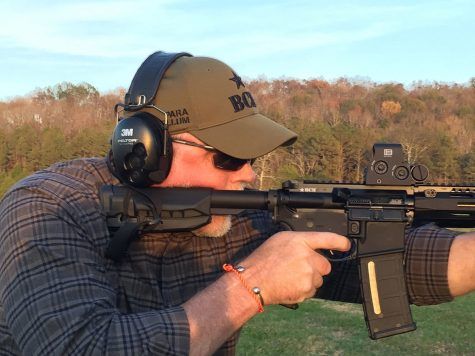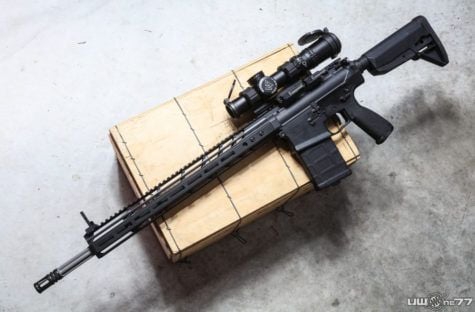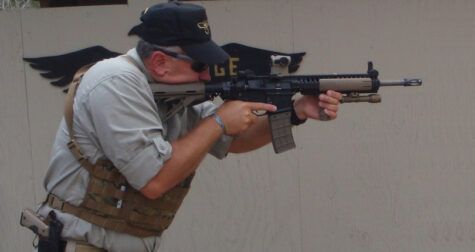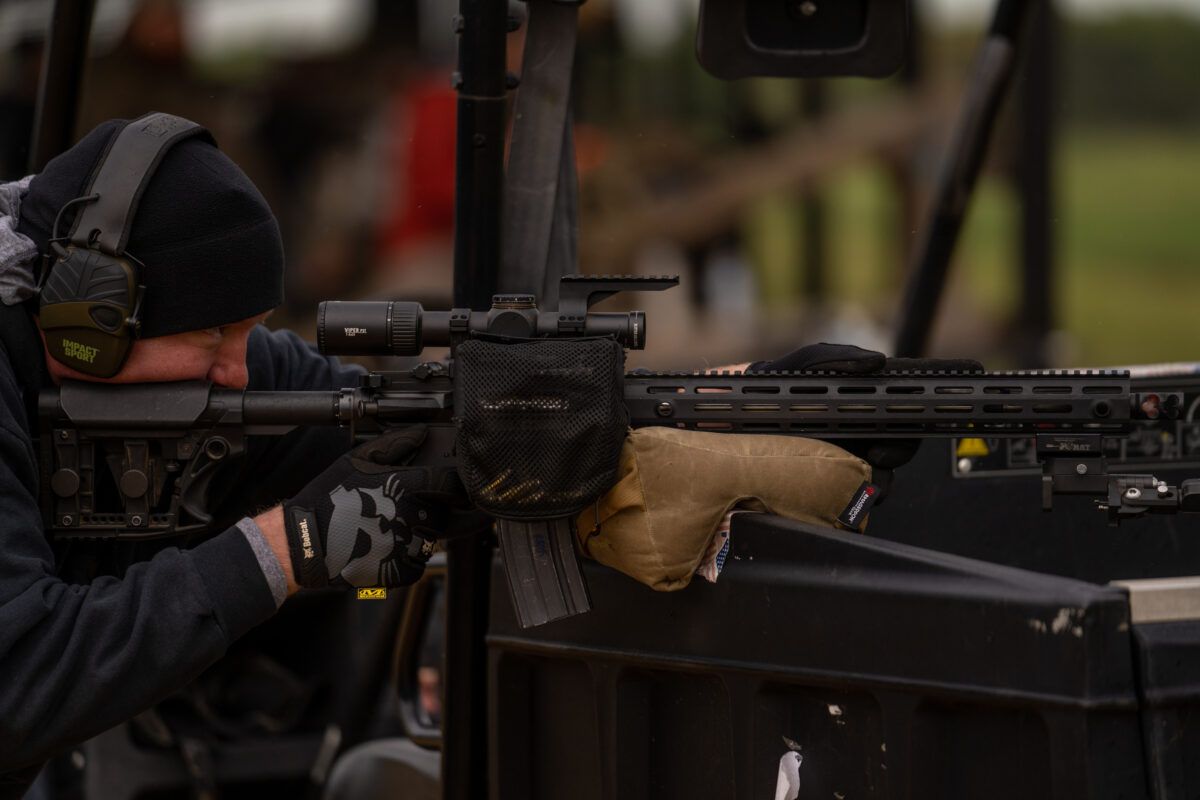
With the rise of 6mm ARC, we’ve been asked many questions on what it takes to get started shooting and if the round is perhaps overhyped. To learn more, we reached out to Eric Lee, owner of Sgt of Arms, who is building high-quality, competition-winning ARs, many of which are chambered in 6mm ARC.
Q: Eric, can we start with a bit about your background and your company?
Eric Lee, Sgt of Arms – I did nine and a half years in the Marine Corps and did three deployments overseas. I was a mechanic, so I didn’t do anything wild and crazy. I wasn’t a sniper or anything, but I’ve always had a love and passion for precision rifles. Fast forward nine and half years, and I got out of the Marine Corps, I started playing with precision rifles, and I kept hearing from people that ARs were inaccurate. I wanted to learn why this was being said, and I went down a rabbit hole.
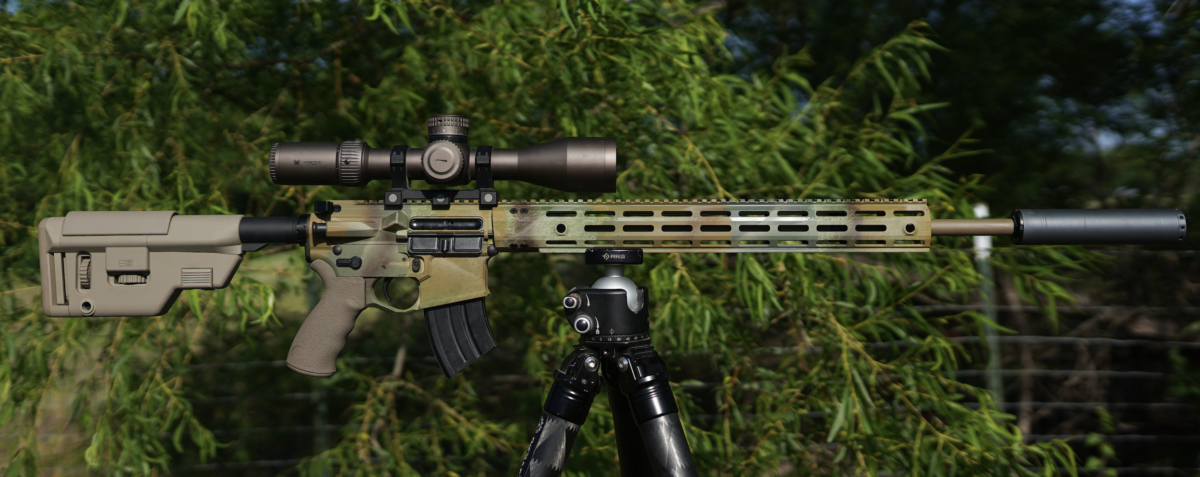
Around this time, I had started a small business to get parts cheaper for myself and help some buddies out. It grew to where I was building complete precision ARs – focusing on the long-range side and rifles for PRS. I took what I learned there and began building rifles for hunting and for defense/duty. Today, all of our rifles have an accuracy expectation and guarantee. We’ve been in business for about six years, and we do all the design, research and development, testing, assembly, and Cerakote here in-house.
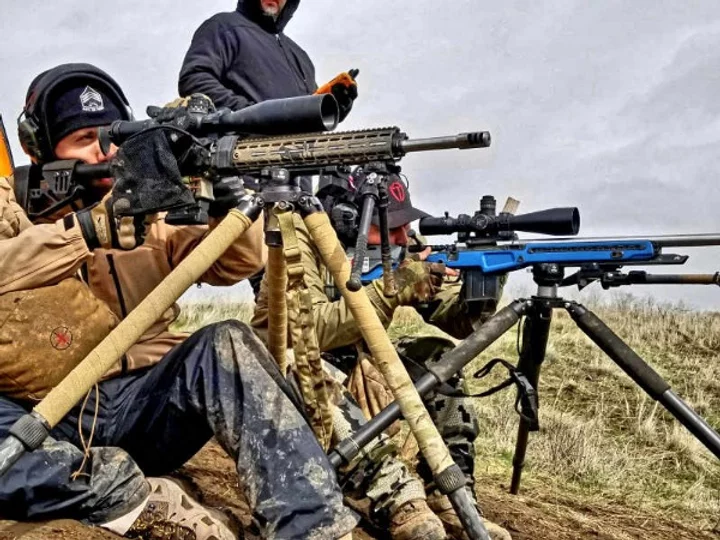
Eric Lee of Sgt of Arms
Q: Can you talk about some of the competitive successes you’ve seen with your rifles?
Eric Lee, Sgt of Arms – As I started getting into the precision side, I started meeting like-minded people, both local and out-of-state, at matches. We became friends. They saw what I was trying to do with my business and wanted to help the company grow. We began to push the envelope on what we could put in these guns as far as cartridges. We’ve been able to take a lot of rounds that people didn’t think would work, stick them in gas guns and make them work.
In 2020, when PRS brought out the gas gun division again, we won seven or eight matches that year. One of our shooters took first place in the season and at the finale. Last year in 2021, we won five or six matches in the gas gun division throughout the season… We’ve also shot the Quantified Performance matches and won divisions and overalls at those matches.
Q: Let’s talk about 6mm ARC, what it is, and the why behind it…
Eric Lee, Sgt of Arms – It’s a round that Hornady was the lead designer on. They were designing it for DOD, and the whole goal behind it was to replace the .308 for squad dedicated marksman. With the new 6mm bullets and the higher BCs and stuff like that, you can push them out of a small case with relatively good muzzle velocity and still achieve a better flatness and trajectory than you could with a .308. It fights the wind a little bit better and still has enough energy out to 800 yards to kill an enemy.
We had gotten a reamer and got to play with it a few months before the release of the 6mm ARC about two years ago. We’ve found it is an excellent round for what it was designed for, but it’s even better as an all-around cartridge for the AR-15 platform.
If you’re a reloader, you can run 55-grain up to 108-grain bullets. It’s based on a 6.5 Grendel case with the shoulder pushed back and necked down to 6mm. It has good case capacity and muzzle velocity speeds, and you can run it for anything from prairie dogs, coyotes, deer, pig to long-range. My personal gun is a 20” 6mm ARC with a 1:7 twist barrel in it. I’ve shot it to 1,400 yards on a 1-MOA target. I’ve killed coyotes, hogs, and deer with it. It’s a trainer for PRS for me. I’ve taken it to Quantified Performance matches.
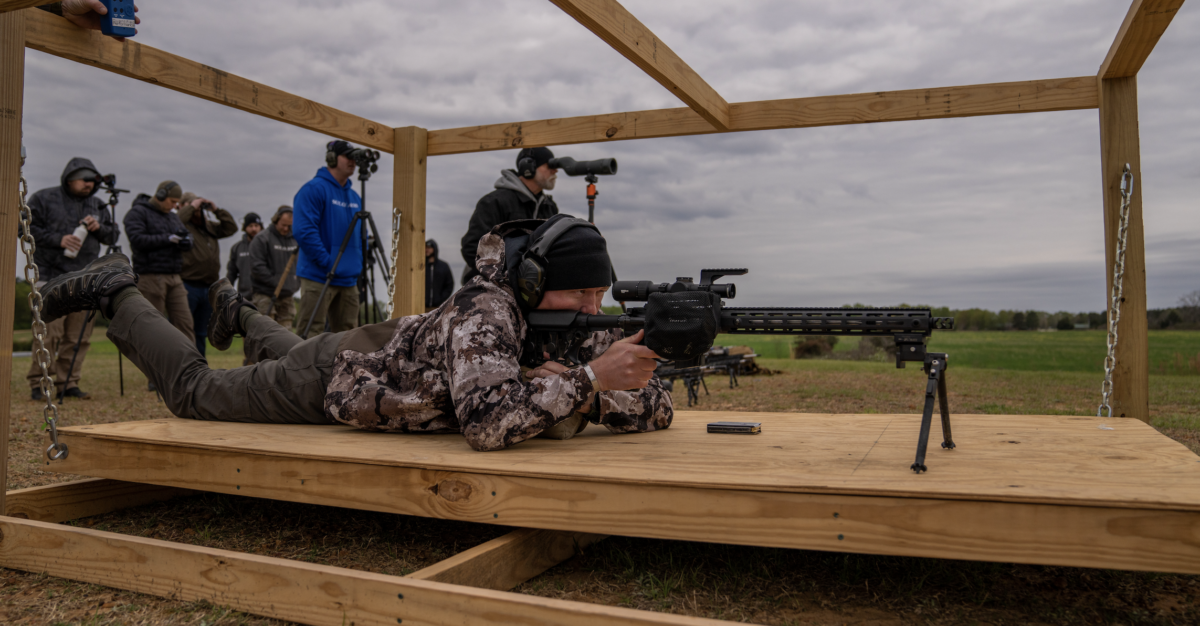
It’s just a very versatile round. Now, I will always love 6.5 Grendel, and it will always have a place in my company as it is what got me started, but 6.5 Grendel was invented today, it would be the 6mm ARC. There is just nothing on the market that beats it for versatility.
You can run a 1:7 twist and shoot anything from 55 to the heavy stuff. If you are going to run the heavier grains, then the 1:7 twist is definitely where you are going to want to be. It gives you excellent stability through a wide temp and elevation range.
Now, with the heavier bullets, you will have a better ballistic coefficient which gives you better long-range accuracy and lets you keep muzzle velocity and energy at longer distances. It fights the wind better, and it will be flatter.
If you are only going to run the light grains, the 1:7.5 twist will work, but just know that if you are going to want to run heavier bullets or if you get into some of those frigid temps, or if you get down in the deep south where you get a negative DA (Density Altitude), you might start bleeding off BC. So that’s why I like 1:7 over the 1:7.5, but either will do fine for 90 percent of the people out there.
Q: What barrel lengths are most common?
Eric Lee, Sgt of Arms – Hornady designed the round to be optimal in an 18”, but what we’re seeing from the civilian side of the house is that 18”, 20” and 22” really seem to be the barrel lengths that sell the most. We’ve sold a few 16” and a few 24” for guys who want to squeeze every little bit of muzzle velocity out of it.
We’re currently working on 12.5” inches to see how they will run. The thought is that they could be little pig blasters for guys in east Texas who are hunting in the tight brush but still want to run 6mm ARC. A 12.5” 6mm ARC will have very similar ballistics to what a 16” .223 will, as far as muzzle velocity and wind drift. We’ll see how the 12.5” turn out, and we’ll report back in the near future.
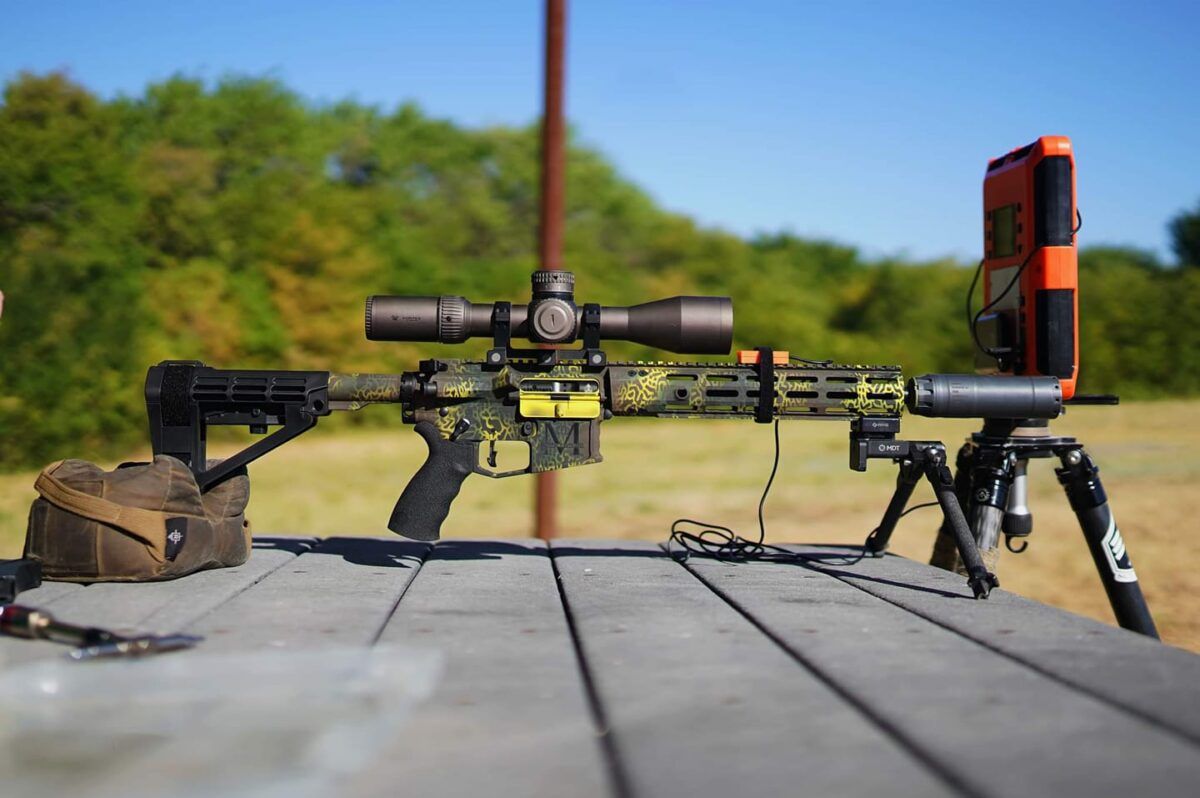
Q: Can you give us the basics on muzzle velocity, etc.?
Eric Lee, Sgt of Arms – Sticking to factory offerings, in an 18” barrel, you’re going to be at around 2,620-2,630 on muzzle velocity. With a 20”, you’d jump up to around 2,670ish, and then with a 22”, you’re going to be about 2,690.
If you reload, you can add some muzzle velocity to those numbers. With an 18”, you can pick up another 40 or 50 feet per second. The same applies to the 20” and 22”. You can be in the mid-2,700s pretty easily with those and not be pushing the pressures at all.
If you get into reloading, you can get light stuff like the 55-grain, and out of a 20”, you can be at 3,200, 3,300 comfortably. With 87 or 90-grains, you’d be somewhere around 2,900 in an 18”, pushing to around 3,000 with a 20” or 22” barrel.
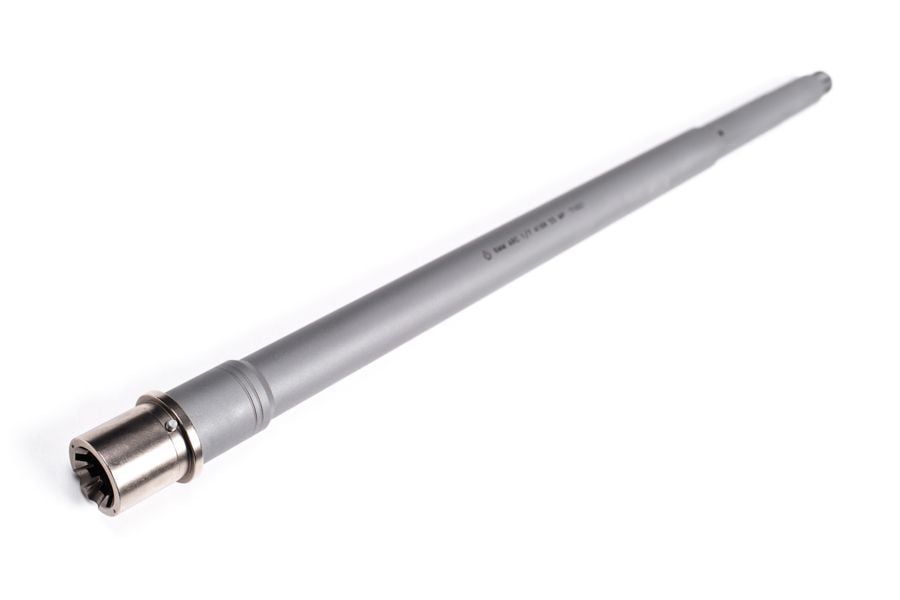
Ballistic Advantage 18″ 6mm ARC SPR Profile Rifle AR-15 Barrel, Premium Series
Q: Are there any cons to 6mm ARC at this point?
Eric Lee, Sgt of Arms – The only hang-ups we’ve seen with 6mm ARC is that it was released during COVID. Availability of factory ammo has been an issue, and it’s been hard to come by. It’s getting better, and you can find it a bit easier now. I’ve seen it pop up in big box sporting goods stores. The good thing is that it is a Hornady-backed cartridge. They will not allow it to fail due to factory ammo. They will get the ammo out there to the best of their ability. That said, they have had problems getting primers, brass, bullets, etc. I think that has slowed its growth.

However, if you are a reloader, it hasn’t been bad at all. You can take 6.5 Grendel brass, neck it down, push the shoulder back, and now you have 6mm ARC brass. One of the main powders for the heavier bullets is Hodgdon LEVERevolution powder, and that’s been easy to find. The bottom line is that as long as we don’t see another gun scare or ammo run, we will start seeing 6mm ARC be a lot more available off the shelf in the near future.
I’d also point out that Hornady has been dropping hints about doing some lighter grain factory offerings. That could be a 58-grain or 87-grain V-MAX. It would be something a bit lighter and faster for predator hunters.
We’ve sold many 6mm ARC rifles to predator hunters, as it has the ballistics, it’s a lighter weight gun than an AR-10, and it blends the AR-15 and the AR-10 as far as capability. I can tell you it’s a deadly coyote round. I ran it all year and killed 30 or 40 in just a few months. As I mentioned before, it’s also fantastic on whitetails and pigs.
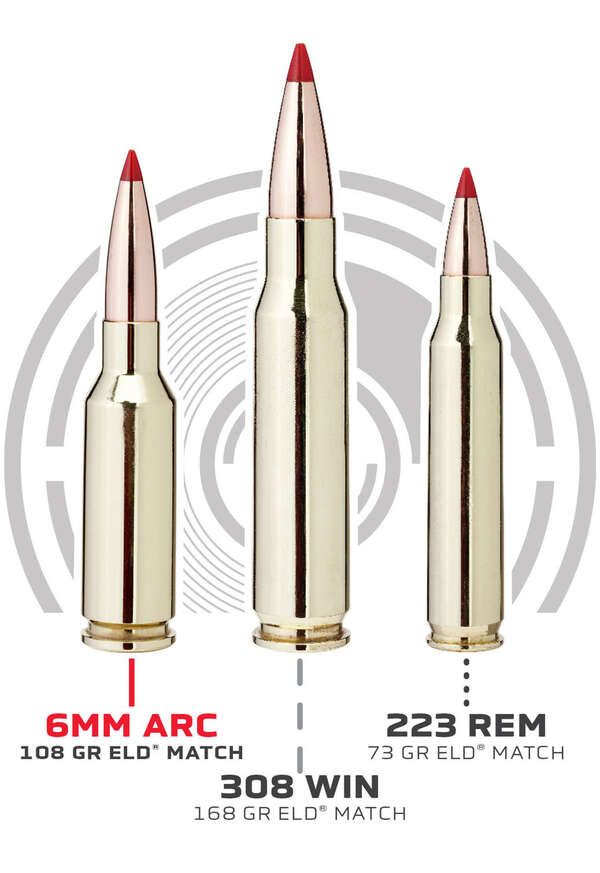
The demand is there, and 6mm ARC is our number one selling rifle at this point in time. There’s a lot of people that got on the 6mm ARC bandwagon at the very beginning, and it’s just continued to grow. I haven’t seen anyone that disliked their ARC. When we get 6mm ARC barrels in, they go fast. They don’t stay on the shelf long at all, and I think it’s something that is just going to continue to grow as more and more people start learning about it.
I get calls every day from new shooters who call and say they want an AR that they can hunt with, plink with, shoot long range with. The 6.5 Grendel really helped start at, but the ARC has come along and made it even better.
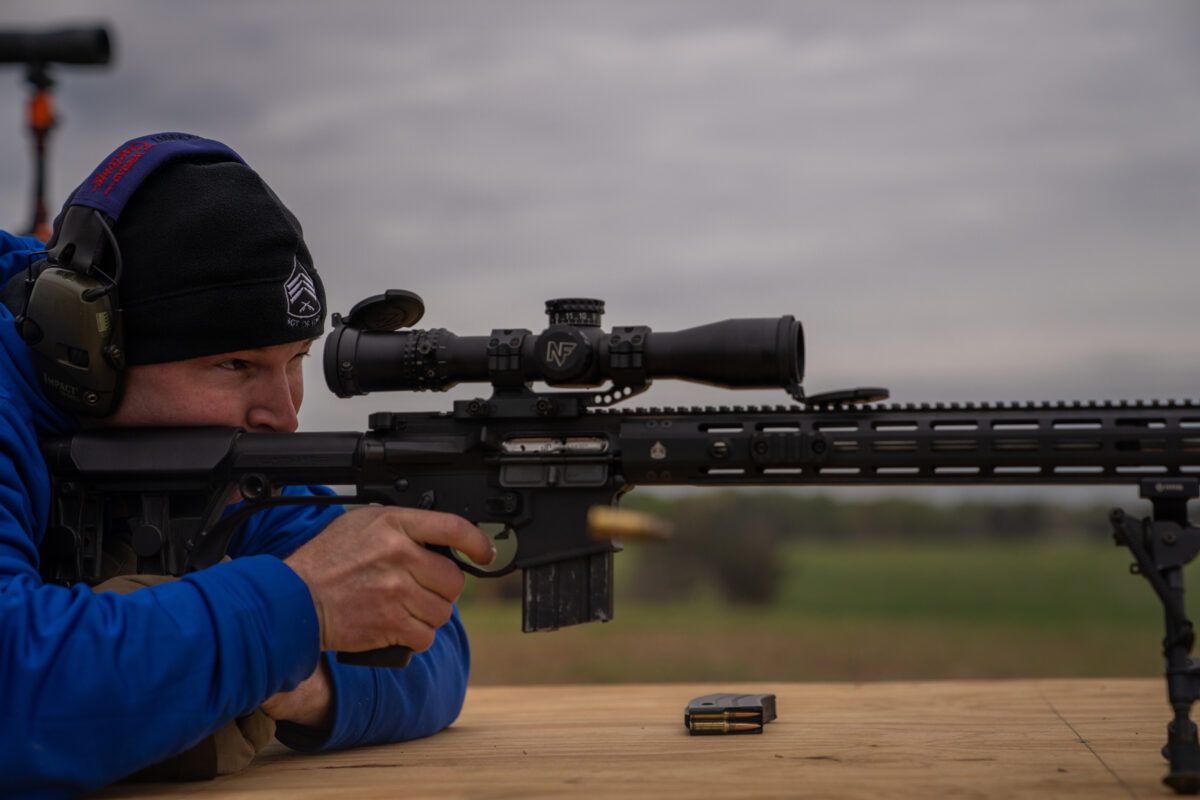
Photo via Lobster Media.
Q: I can recall .224 Valkyrie being a big deal. What would you say to someone who was an early adopter of that who is hesitant to chase the ‘next big thing’?
Eric Lee, Sgt of Arms – .224 Valkyrie looked like an excellent round on paper, but there were accuracy issues. Some people say it was the twist rate, and some people say that it was the chamber. Some say it was the ammo. We played with it for a while and never could pinpoint where the problem was.
We shot different twist rates, all different kinds of ammo, and it would shoot the light grain stuff well, but it didn’t perform as well with the heavier grain bullets…The 6mm ARC does not have these problems. There was a small, initial seating depth issue with the first lot of Hornady Black factory ammo that came out. That got corrected on the very next lot. Even then, the accuracy was excellent.
I have not had a 6mm ARC that I have built that would not do what I expected it to. It’s just not having the issues that .224 Valkyrie had. Hornady nailed this cartridge down, and I think a lot of it has to do with how long their R&D process was. I think it was over two years of R&D that went into it. From day one, it’s been outstanding for us, and we have not had any issues. With our company being so committed to accuracy, we wouldn’t even sell it if there were any issues. We’re not going to sell something that does not meet our expectations. 6mm ARC has more than met them, surprising us with its capabilities.
Q: What do we need to build our own 6mm ARC?
Eric Lee, Sgt of Arms – The only difference on the platform for 6mm ARC vs. .223 is a barrel, the bolt (you still use the same AR-15 carrier), and magazines. You cannot run your .223 mags due to the case size.
You need to run a 6.5 Grendel magazine. We use DuraMags. They have worked flawlessly for us both with the Grendel and the 6mm ARC. We’ve never had a single issue. Other than that, there are no differences.
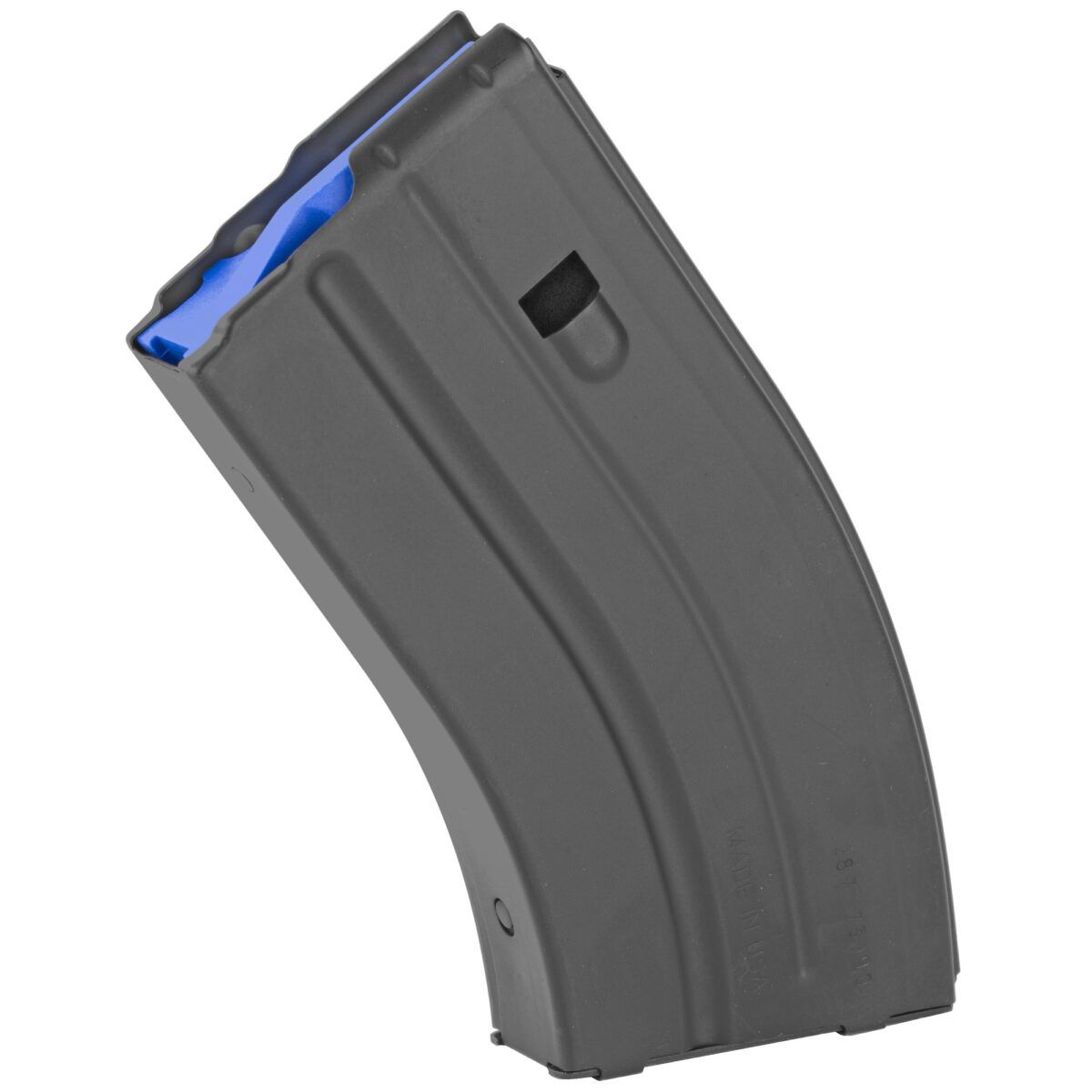
With it being so easy to build, I’d encourage anyone to give the round a try. I think we’re going to see it around for a long time. It’s not a new fad round that will be here today and gone tomorrow. It makes the AR-15 even more versatile than it was. 6mm ARC is here to stay.
###
35 - 35Shares


